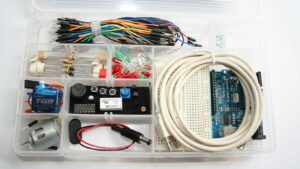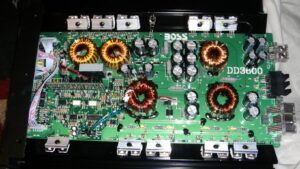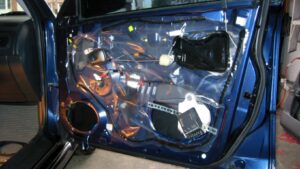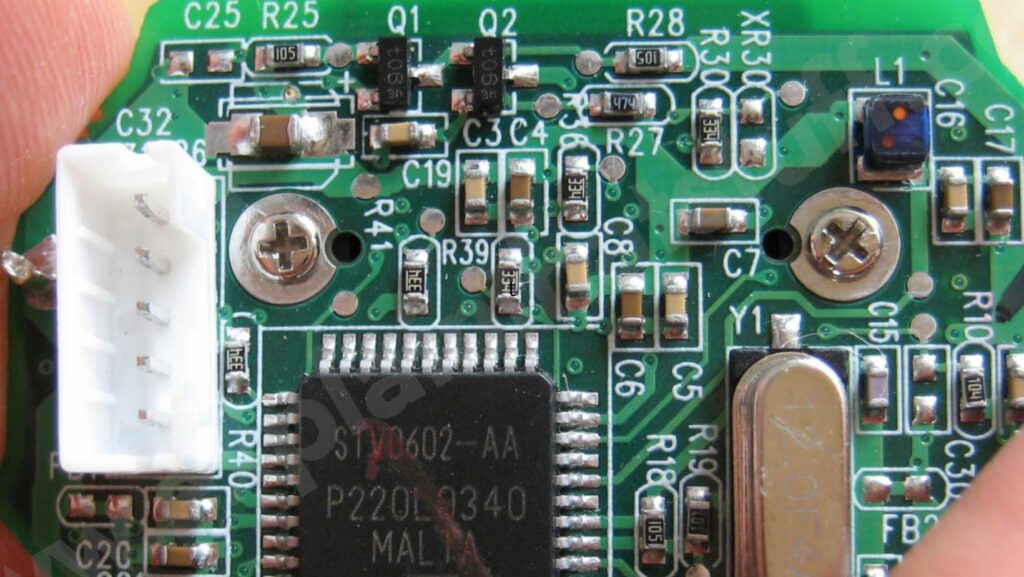In a world where technology is king, car electronics have taken center stage. From GPS systems to advanced audio setups, your vehicle can be a hub of high-tech devices. But what happens when you want to upgrade or install new electronics? That’s where car electronics installation comes into play.
Car Electronics Installation

Car Electronics Installation requires a specific, yet acquiring set of skills. It involves the accurate assembly and stitching of various complex electronic components. This installation, contrary to common belief, isn’t exclusive to professional technicians. With ample dexterity and a cautious approach, anyone, even driving aficionados, can master this.
For instance, installing a GPS system comprises variable tasks such as connecting the power cable, neatly positioning the antenna, and finally, integrating the software with the car’s electronic circuit. Similarly, to set up an audio system, one must understand speaker placements, wire routing, and system tuning.
Precision, attention to detail, and patience, hence, emerge as indispensable qualities. Remember, incorrect installations can result in the malfunction of the whole electronic system or even lead to safety hazards. It’s advisable to refer to well-established guides or expert videos to get a solid grasp of this process. Achieving proficiency in Car Electronics Installation offers one an opportunity to customize their automobile to their liking while subtly elevating the overall driving experience.
Preparing for Installation

Car electronics installation demands a thorough preparatory phase, essential for promoting successful outcomes. Clear knowledge of the vehicle’s wiring schematics, usually evident in the owner’s manual, aids in identifying appropriate connections for various gadgets. For example, understanding the correct wires to tap into for a GPS system ensures precise data transmission, accurate positioning and robust GPS functionality.
A comprehensive examination of the vehicle’s configuration best identifies optimal spots for devices. These incorporate adroit placement of audio equipment, conducive to supreme sound spread and listener enjoyment. For instance, the strategic placement of speakers in the doors and rear parcel shelf often results in a balanced sound environment.
Purchasing high-grade equipment, such as sturdy wires, connectors, or soldering iron, guarantees solid connections, eliminating potential disruptions in electronic performance. In certain conditions, the need for specialist tools may arise. These could include items such as a panel remover or wire stripper, optimizing the installation process.
Step-by-Step Guide to Installation
To facilitate a successful car electronics installation, the user begins by disconnecting the vehicle’s battery, ensuring safety first. Phases like mounting the device, preferably within the driver’s line of sight yet not obstructing view, follow suit. Then, the individual routes device cables through the vehicle’s interior with careful maneuvering, hiding unsightly wires. Connection of the power cable to the car’s fuse box proceeds next, with sensor cables connected to the vehicle’s stereo system.

Examples include GPS trackers or audio system wires. Precision ensures devices function properly and safely, avoiding outcomes like short circuits. Procedure ends with firmly securing device and reconnecting the battery. Additional tips include performing a device functionality test post-installation, checking critical factors like sound output for audio systems or signal reception for GPS systems.
Enhancing Your Vehicle with Advanced Electronics
Mastering the art of car electronics installation can seem daunting but it’s definitely within reach. It’s about learning the ropes and applying the knowledge with precision and attention to detail. Whether it’s installing a GPS system or setting up a top-notch audio system, the process is a blend of technical know-how and practical application.
The key is to take one step at a time. Start with understanding your vehicle’s wiring schematics and device placement. Invest in high-quality equipment and the right tools. Follow the guide to disconnect the battery, mount your device, route cables, and connect power cables correctly. Don’t forget to test your device post-installation to ensure it’s working as expected.

